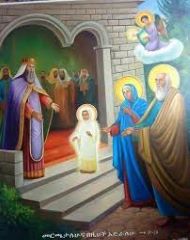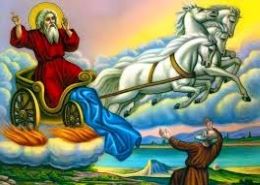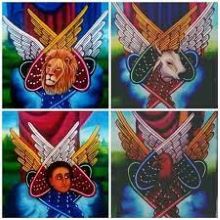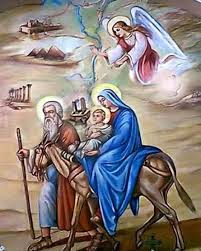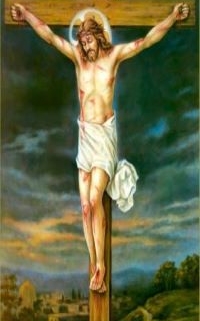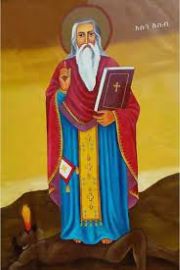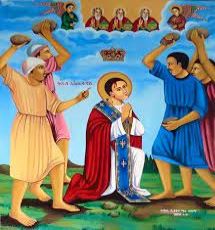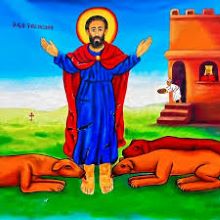The blessed day, where the eternal Lord’s Crucifixion is commemorated, Jesus Christ Incarnate, to Him, is the Glory, for the salvation of the world. Holy Bible states it as, “From the sixth hour until the ninth hour there was darkness over all the land.” (Matthew 27:45) That day, at the ninth hour, the sun had hidden its light, the moon bled, the starts had fallen and dead people had risen from the grave, when they saw their creator incarnated, hanging with His own free will on the wood of the Cross, inclined His head, and yielded up His spirit.
Patristic fathers teach us, “His Divinity parted not from His Humanity for a single moment, nor a twinkle of an eye, and He descended to the hades from the cross to save those in bondage therein.”The Apostle Saint Peter has also said, “For Christ also suffered once for sins, the just for the unjust, that He might bring us to God, being put to death in the flesh but made alive by the Spirit, by whom also He went and preached to the spirits in prison.” (1 Peter 3:18-19)

